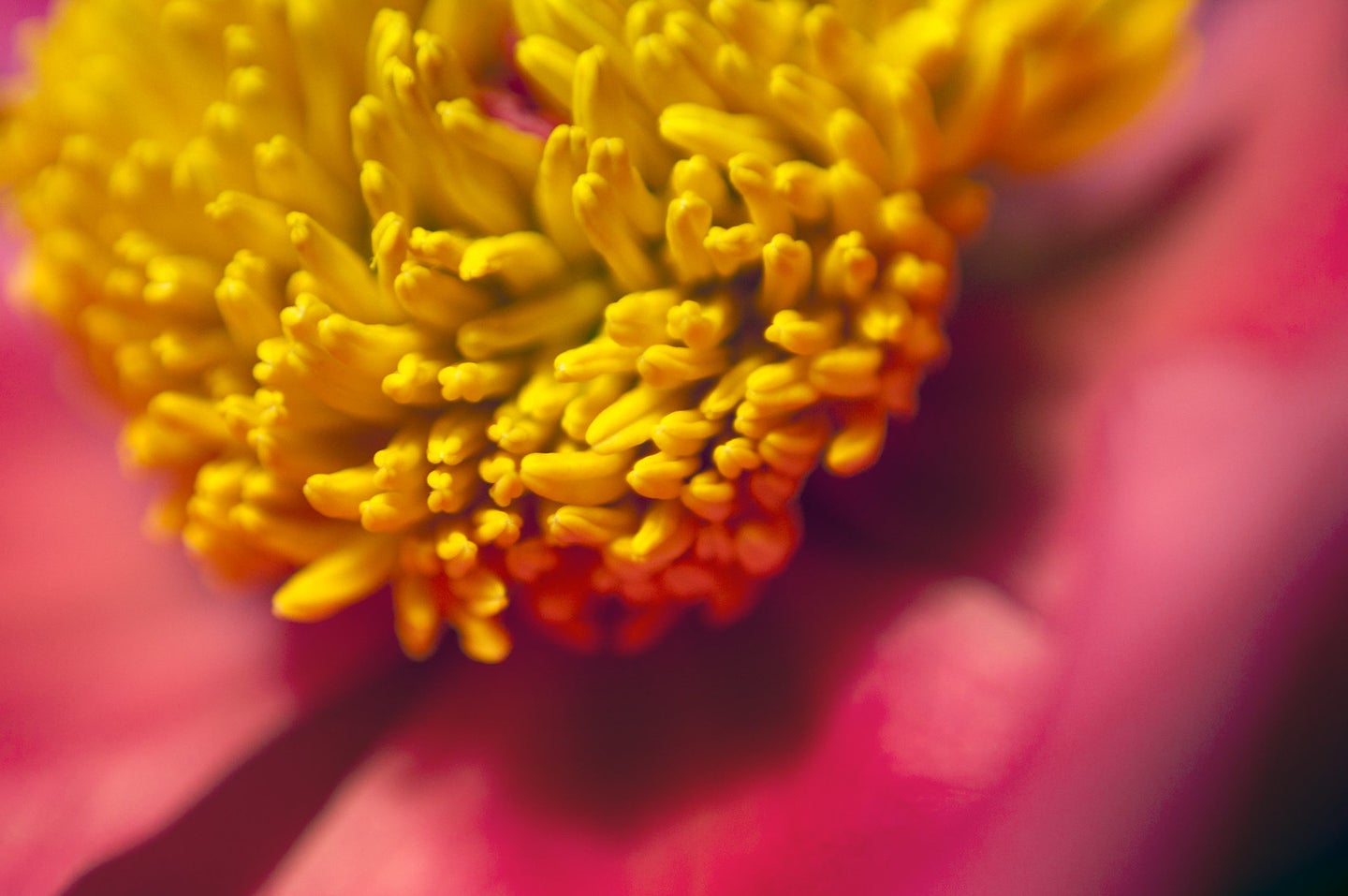The devil’s in the details: Show us your best macro shots
This week's Photo of the Day theme is all about seeing small. Show us your best macro shots, and dive into the detail of the world around you.

Congratulations to the photographers who made it into last week’s Photo of the Day gallery. The breathtaking images paid a fitting tribute to Earth Day with majestic mountains, bellicose flames, tranquil waters, and more.
For this week, the PopPhoto editors are challenging you to get small. As they say, the devil’s in the details, and we want to see them. Luckily, inspiration abounds.
This week’s theme
As you may have read, Apple just announced the winners of its maco challenge. The winning entries showcased the beauty around us that’s often overlooked because of its size. So, this week we want to see your best macro shots. Whether you take them on a mobile device or use a 1:1 macro lens, this is your challenge to get (literally) up close and personal with your world.
If you need a little inspiration, take a look at the gallery. From sunlight streaming through the cells of a fiddle leaf to soda bubbles clinging to a bright red strawberry, anything and everything deserves a closer look. What will your subject be?
How to enter
To submit, use the #popphotooftheday tag on Instagram or Twitter, or submit to our Flickr pool or (NEW!) Facebook group. There are no limits on how many images you can enter, but be sure to tag/upload only your very best shots. If you choose to join our new Facebook group, please agree to the group rules and answer our easy questions. We can’t wait to see what you’ve got!
More info
For more info on Photos of the Day, including the official rules, head here.
